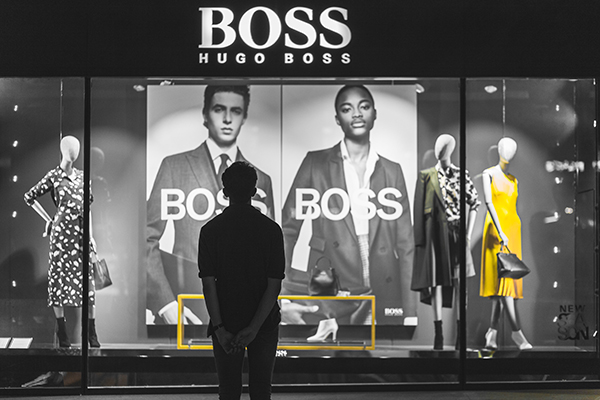The number of cash payments decreased by 11 per cent between 2015 and 2016, but physical currency remains the most frequently used payment method in the UK, according to new UK Finance data.
Consumers and businesses made 15.4 billion cash payments in 2016 – down from 17.2 billion in 2015. But despite the decline, cash was still used 25 per cent more often than the second most frequently used method, debit cards, at 11.6 billion payments.
However, over the next decade the number of cash payments is forecast to fall by 43 per cent to 8.7 billion payments with the total value predicted to fall by 23 per cent to £185 billion in 2026, as contactless payments continue to surge.
During 2016, cash represented almost half (44 per cent) of all payments made by consumers – the second year in a row where consumers used cash for fewer than 50 per cent of all payments. During the same period, cash payments reached £240 billion, accounting for 15 per cent of the total value of consumer spending, a decline of five per cent compared to the previous year.
More than one in four (26 per cent) of consumer cash payments were for a value of £1 or less, and more than three in five (61 per cent) were for a value of £5 or less.
Separate figures released by UK Finance earlier this week also showed that total card spending in the UK reached £57.1 billion in June, up by 0.3 per cent on May and seven per cent on June 2016.
Adrian Buckle, chief economist at UK Finance, said: “It is clear that over the past few years we have witnessed a significant shift away from cash use in this country with contactless cards undoubtedly causing a decrease in the use of notes and coins.
“However we don’t believe that the UK is on the verge of becoming cashless, as some reports have claimed. People will always want to choose the payment methods that best suit them and, for the foreseeable future, in lots of cases that will continue to be cash.”
Latest News
-
ICO says personal shopping ‘AI-gents’ could arrive in next 5 years
-
Nike promotes Rajeev Aikkara to VP technology
-
East of England Co-op completes pilot of comms platform for shelf-edge digital experiences
-
Sainsbury’s launches 2-year graduate programme focused on AI and data
-
Waitrose to create 550 jobs at new Bristol distribution centre as brand expands
-
Co-op expands own-brand wholesale offering to tap growing trends
Beyond Channels: Redefining retail with Unified Commerce
This Retail Systems fireside chat with Nikki Baird, Vice President, Strategy & Product at Aptos will explore how unified commerce strategies enable retailers to tear down these barriers and unlock new levels of operational agility and customer satisfaction.
The future of self-checkout: Building a system that works for consumers and retailers
In this webinar, industry leaders discussed what the future of self-checkout looks like and how retailers can make the technology work for everyone.
© 2024 Perspective Publishing Privacy & Cookies










Recent Stories